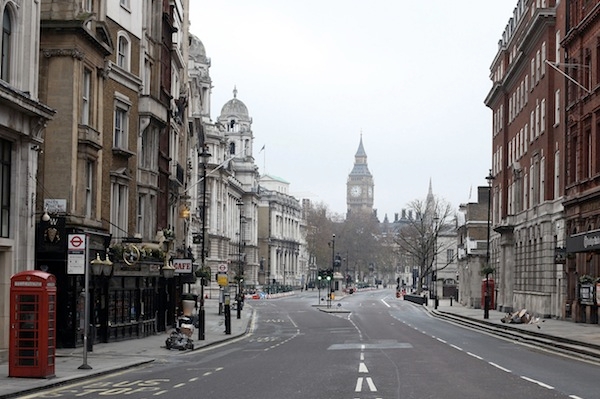Not even Jeremy Corbyn can distract ministers from the fact that in the next few months, they’ll be announcing huge cuts to their departmental spending. They submitted their proposals for cuts for the spending review to the Treasury earlier this month.
Most ministers described the process as ‘bruising’, but they didn’t seem quite as agitated as you might expect when they’ve been asked to model cuts of 40 per cent to their spending pots. This is possibly because George Osborne asked for 40 per cent cuts alongside proposals for 25 per cent cuts, and many of them assume that the real figure will be somewhere in between.
Some haven’t made that assumption though: Sajid Javid is rumoured to have made clear that he favours the 40 per cent model of cuts for his department. And I understand that those departments that have really worked hard to reduce spending will be rewarded, so a lower figure might not benefit them anyway.
Obviously the departments with big unprotected budgets are the most vulnerable. But one theory doing the rounds in Whitehall is that ministers are more likely to be amenable to bigger cuts if they represent departments apparently teeming with staff.
The number of civil servants under the Business, Innovation and Skills title is 17,170, though this includes the Land Registry, Met Office and other agencies. The department excluding agencies employs 3,090 civil servants, of which 2,520 staff are in London. Other departments, such as Communities and Local Government and Energy and Climate Change employ many fewer: 1,690 and 1,570 respectively. Even the mighty Treasury has just 1,220 civil servants. The biggest employers of civil servants (excluding agencies) are DWP (95,940 civil servants) HMRC (69,310) and the Ministry of Defence, which employs 57,680 civil servants, but they are outliers: the Ministry of Justice has 4,240 staff and Education has 2,300. Javid may have been surprised by quite how many staff his department employed, given he moved there from Culture, Media and Sport, where just 500 staff work. Or it might be because he’s a dry Tory who believes in a smaller state and isn’t lily-livered about working out how to get there.
Of course, even reducing the number of staff in a department won’t cut its budget massively, anyway: the spending review proposals will focus on pots of money for different policies. But it will be interesting to see how much smaller Whitehall itself looks as a result of this autumn’s spending review.







Comments